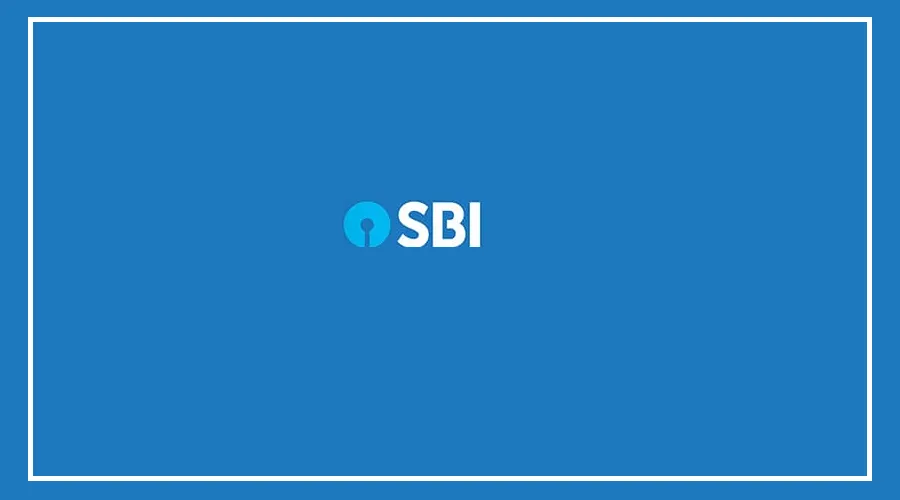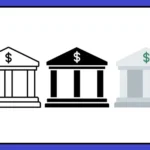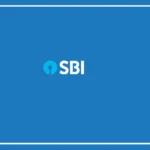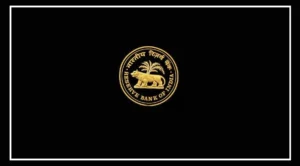State Bank of India (SBI), India’s largest public sector bank, announced a 0.05% increase in its Marginal Cost of Funds Based Lending Rate (MCLR) on November 14, 2024.
This increase is notable as it goes against the global trend of falling interest rates. Additionally, the Reserve Bank of India (RBI) is expected to lower its repo rate in 2025.
Understanding MCLR and Its Impact on Loans
MCLR is the base cost of funds for banks, used to determine loan interest rates by adding a spread. A rise in MCLR typically leads to higher loan interest rates.
SBI’s one-year MCLR has increased to 9%, directly impacting loans such as personal, vehicle, and home loans. This marks the second MCLR hike by SBI in recent months.
According to SBI Chairman CS Shetty, 42% of the bank’s loans are tied to the MCLR, while the remaining are linked to external benchmarks.
Shetty also noted that deposit rates are at their highest, and the bank will not use interest rates to attract deposits.
Additional MCLR Changes and Inflation Challenges
SBI has also raised the MCLR for three- and six-month periods, while rates for one-day, one-month, two-year, and three-year tenures remain unchanged.
Commerce and Industry Minister Piyush Goyal urged the RBI to reduce interest rates, emphasizing India’s low average inflation over the past decade.
While retail inflation hit a 14-month high of 6.1% in October 2024—surpassing the RBI’s target of 6%—Goyal projected a decline by December or January.
Food inflation was particularly concerning, reaching 10.87%.
These developments highlight the interplay between banking policies and economic conditions as India navigates fluctuating inflation and interest rates.
























